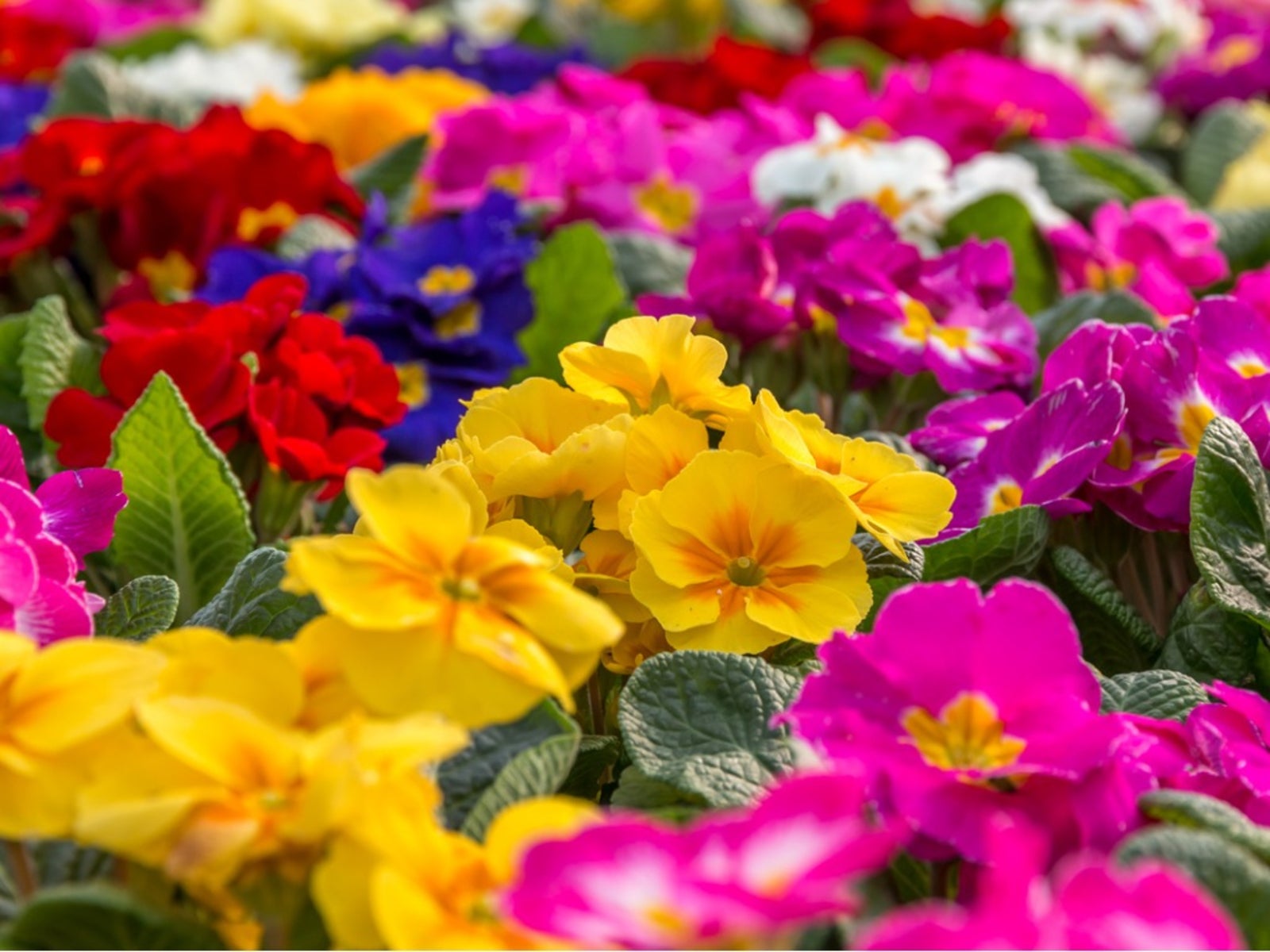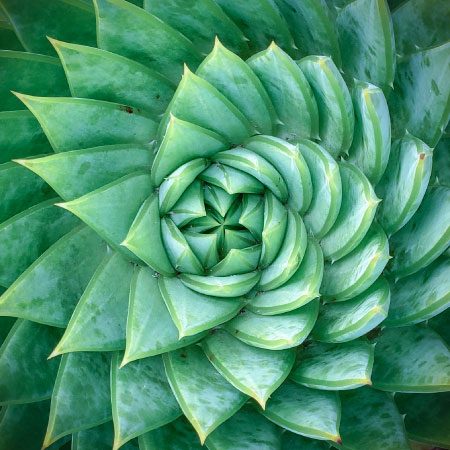Primrose Plant Problems: Common Diseases And Pests Of Primula


Primrose are among the first flowers to bloom in spring, and they grace many gardens around the country. These bright flowering plants are also called Primula, which is their genus name. Proper planting and culture can prevent many primula plant problems, but it is a good idea to become familiar with some of the diseases and pests of primula.
Problems with Primroses
Your first, and most important, step to avoiding primula plant problems is planting them correctly. Many primula disease problems can be avoided by good cultural habits. Primroses do best in your garden if you plant them in a cool section that offers the plants lots of bright light. It is essential to preventing primula disease problems to select a site with excellent drainage, since the primula roots can be damaged in winter when soil is wet or heavy. These plants do best if you mix organic compost into the soil before planting and provide regular irrigation during the growing season. These tips about how to grow primroses help keep down problems with primroses. They also extend the flowering season for these plants.
Pests of Primula
Even with the best of cultural care, some pests of primula can attack your plants. You’ll want to be familiar with them so that you can recognize a problem and take quick action to protect your plants when necessary. The vine weevil is the most destructive of the pests of primula. Young weevils are grubs, the color of cream with brown heads. They are soil dwellers and eat primula roots. If a plant collapses suddenly, it may indicate a weevil infestation. You’ll want to remove and destroy infested plants and dispose of infested soil to prevent the spread of these pests. The adult weevil is brown and looks like a beetle. Adults appear in fall and can eat notches out of the edges of leaves. Trap adult pests by leaving out rolls of corrugated paper or flowerpots stuffed with fresh grass. Inspect and empty your traps every day. Sometimes you can also stop adults from laying eggs on the plants by placing gravel around them. If all else fails, chemical treatments are also available at your garden store. Other pests of primula include root aphids – which can often be controlled by keeping the garden bed free of weeds. Slugs, mice, and birds may also eat the flowers or foliage.
Primula Disease Problems
The most important fungal disease of primula is botrytis. You can often avoid this issue by ensuring that the air circulates around the plants. Don’t give the plants too much water in cold winter conditions. If the fungus appears, spray with a fungicide. If your plants get root rot, damping off, or crown rot, they wilt and die. You’ll need to throw out infected plants and apply a fungicide to healthy plants to protect them. If your plant growth is stunted and they seem to be branching too much and show yellow, strap-shaped leaves, they may have yellow asters, another of the primula disease problems. You’ll have to throw away primroses infected by this disease.
Sign up for the Gardening Know How newsletter today and receive a free copy of our e-book "How to Grow Delicious Tomatoes".
